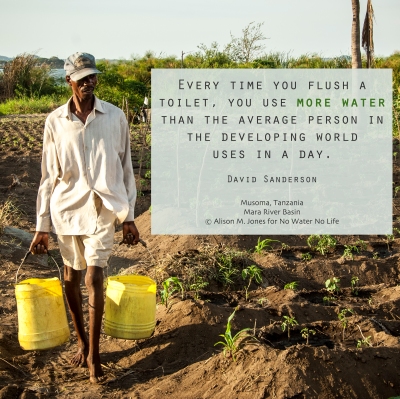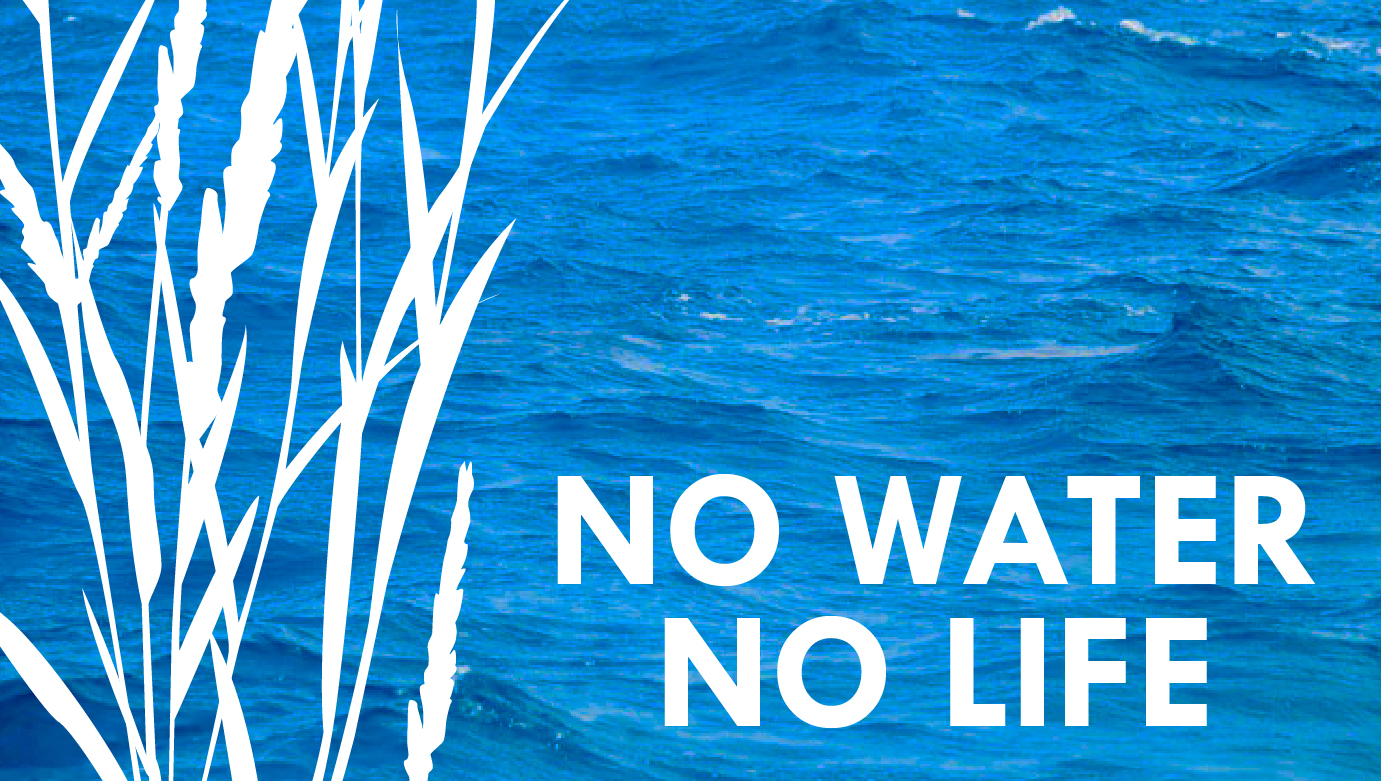By Stephanie Sheng for No Water No Life (NWNL)
Edited by NWNL Director, Alison Jones
Stephanie Sheng is a passionate strategist for environmental and cultural conservation. Having worked in private and commercial sectors, she now uses her branding and communications expertise to drive behavior change that will help protect our natural resources. Inspired by conservation photographers, The Part We Play is her current project. Her goal is to find how best to engage people and encourage them to take action.

I was horrified when I first heard the news from South Africa of Cape Town’s water crisis and impending ‘Day Zero’ – the day their taps would run dry. Originally forecasted for April 16, then pushed out to May, the apocalyptic-sounding day has now successfully been pushed out to next year. Had Day Zero remained slated for April or May, Cape Town would have been the first major city to run out of water. Although postponed, the threat still remains, and thus restrictions on water usage to 13.2 gallons (50 liters) per day for residents and visitors. Water rationing and a newly-heightened awareness around water use is now the new, legally-enforced normal in Cape Town.
Two things struck me as I read about this situation. First, the seemingly unthinkable felt very close. My visit to Cape Town a few years ago reminded me of San Francisco, my home before New York. Suddenly I was reading that this seemingly-similar city was on the brink of having no water coming out of their taps. As that hit me, I considered what modern, urban life would be like when water is scarce.
 Cape Town’s restriction of 13.2 gal (50 L) per day is miniscule in comparison to the 39.6 gal (150 L) per day used by the average UK consumer[1] and the 79.3 to 99 gal (300 to 375 L) per day used by the average US consumer.[2] Unsurprisingly, Cape Town had to undergo drastic changes. It is now illegal to wash a car or fill a swimming pool. Hotel televisions blare messages to guests to take short 90-second showers. Washroom taps are shut off in restaurants and bars. Signs around bathroom stalls say, “If it’s yellow, let it mellow.” Hand sanitizer is now the normal method of hand cleaning.
Cape Town’s restriction of 13.2 gal (50 L) per day is miniscule in comparison to the 39.6 gal (150 L) per day used by the average UK consumer[1] and the 79.3 to 99 gal (300 to 375 L) per day used by the average US consumer.[2] Unsurprisingly, Cape Town had to undergo drastic changes. It is now illegal to wash a car or fill a swimming pool. Hotel televisions blare messages to guests to take short 90-second showers. Washroom taps are shut off in restaurants and bars. Signs around bathroom stalls say, “If it’s yellow, let it mellow.” Hand sanitizer is now the normal method of hand cleaning. Shocked by the harsh realities of what water shortage could look like here at home, I was inspired to walk through my day comparing my water habits to the new realities being faced by those in the Cape Town facing a severe crisis. I wanted to discover opportunities where I could cut back, even though I consider myself on the more conscious end of the usage spectrum.
Shocked by the harsh realities of what water shortage could look like here at home, I was inspired to walk through my day comparing my water habits to the new realities being faced by those in the Cape Town facing a severe crisis. I wanted to discover opportunities where I could cut back, even though I consider myself on the more conscious end of the usage spectrum.
Here is a breakdown of my average water usage per day while living and working in NY, based on faucets spewing 2.6 gal (10 L) per minute[3], and a toilet flush using 2.3 gal (9L).[4]
- Faucet use for brushing teeth and washing face for 4 min/day: 6 gal (40L)
- Faucet use for dish washing and rinsing food for 7 min/day:5 gal (70L)
- Toilet flushes, 4/day: 5 gal (36 L)
- Drinking water: 4 gal (1.5 L)
- Showering for 9 min/day — 8 gal (90 L)
My water usage totaled roughly 62.8 gal (237.5 L) per day. That is lower than the average American’s usage, but still more than four times the new water rations for Capetonians!

Living in an urban city that isn’t facing an impending water shortage, it may be more difficult to control certain uses than others (e.g. not flushing the toilet at work). However, there are some simple, yet significant ways to lower our daily water use:
- Turn off the faucet while you brush your teeth and wash your face.
- Use the dishwasher instead of washing dishes by hand. Only run it when full.
- Only run the laundry with full loads.
- When showering, shut off the water while you soap up and shave. Put a time in your shower to remind you not to linger.
- Recycle water when possible. If you need to wait for hot water from the faucet, capture the cold water and use it for pets, plants, hand washing clothes, and such.

Water use discussed thus far includes obvious personal contributors to our water footprint. But the biggest contributor is actually our diet. Agriculture accounts for roughly 80% of the world’s freshwater consumption[5]. Different foods vary greatly in the amount of water consumed in their growth and production. Meat, especially from livestock with long life cycles, contains a high “virtural water” content per serving. For example, 792.5 gal (3,000 L) of water are required for a ⅓ lb. beef burger[6] – representing four times as much water as required for the same amount of chicken. That virtual water content ratio is even greater when red meat is compared to vegetables.
We don’t have to become vegetarians, but we can cut down on meat and choose meats other than beef and lamb. That change alone would save hundreds of thousands of gallons (or liters) consumed in a year, which is much greater than the 18,069.4 gal (68,400 L) I’d save by reducing my current water usage to that of a Capetonian. Consideration of virtual water content offers some food for thought!
Sources
[1] BBC News
[2] United States Geological Survey
[3] US Green Building Council: Water Reduction Use
[4] US Green Building Council: Water Reduction Use
[5] Food Matters Environment Reports
[6] National Geographic
All images/”hydrographics” are © Alison Jones, No Water No Life®.
For more “hydrographics” visit our website.
